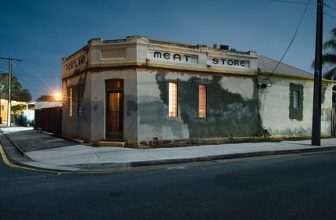
When it comes to lagers in the style guidelines, “international” tends to denote the kind of mass-market beer you can find in many countries around the world—including the United States. This one tends to fall squarely into the “not a whole lot going on” box—yet, done well, it can be one of your repertoire’s real crowd-pleasers. I call mine “Simply Dark,” but simple can be challenging. (Ever try to hit a golf shot perfectly straight?)
Style: It sounds so inconspicuous—little to no malt flavor, little to no hop aroma, and just a bit of sweetness. Sounds bland and flavorless, right? That can be true—but only if we take the “no” option instead of the “little.” In this case, all those littles can add up to highly drinkable lager that nonetheless has pleasant, evident character. Think of it like a cleaner and brighter version of a dark mild—sounds like a winner to me.
Ingredients: As recipes go, this one’s a breeze. We’re not looking for complexity of flavor, but characterful base malts can bring the subtlety. You can use basic two-row if you want, but there’s a difference between “clean” and “sterile”—and I’ve never made a beer with pils and Vienna that was “too intense.” To that, we tack on half a pound of Carafa Special II—mostly a darkening agent, but it adds some subtle cocoa flavors and aromatics. Hopping is straightforward: a 30-minute addition of Hallertauer to the tune of 17 IBUs. That may impart a slight floral note, if you notice it at all. Finally, yeast: Wyeast 2308 Munich Lager is a great choice here. Relatively clean-fermenting with modest attenuation, it doesn’t leave much flavor behind.
Process: Although it’s a lager, I ferment this beer the same way I do my altbier and Kölsch, which actually makes it a bit of a “warm” lager or hybrid. I go 60°F (16°C) for about a week, and then I let it free-rise. Not only does that turn the beer around a little more quickly—which I often need, when an upcoming party sneaks up on me—but it should add a very subtle fruity note in the background. After about 14 days total, cold crash and package, carbonating to a little over two volumes. Done and done.
Finally: This beer can be a great base for other flavors. When brewing a raspberry porter, I found that the raspberries would blow away the porter profile. So I looked for something that was a bit dark but more basic—and Simply Dark was a perfect fit. Since then, I’ve used it as a nice, dark base for a number of experimental beers. Play around with it!






